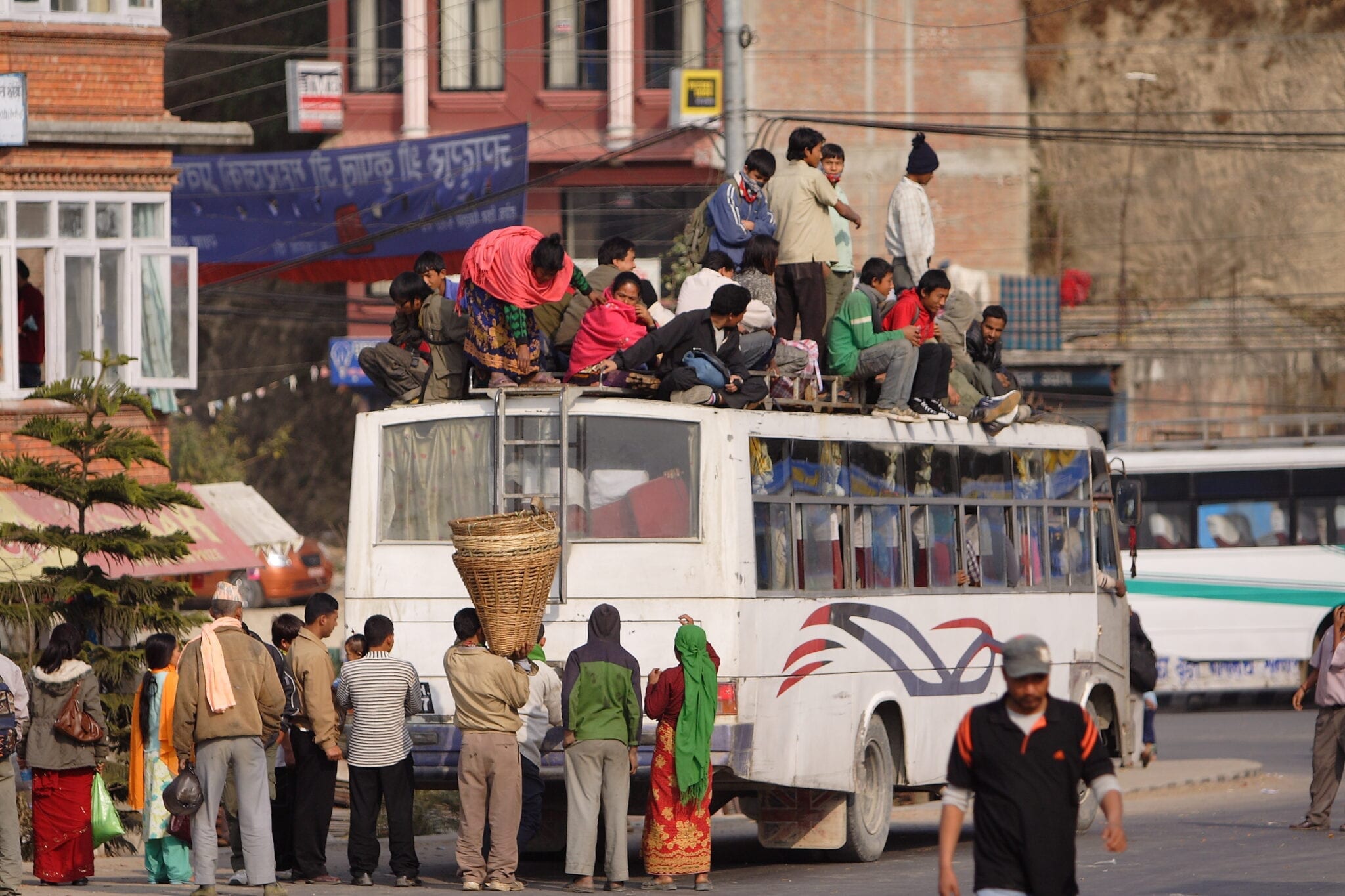
Labour migrants’ struggle to subvert anti-trafficking interventions in Nepal
Most experts and insiders regard anti-trafficking as an effective paradigm for addressing labour exploitation. Communities targeted for assistance by anti-trafficking interventions, however, rarely agree. As a doctoral student, I researched the practical effects of interventions in an internationally-identified ‘hotspot’ for trafficking in Nepal (for reasons of anonymity and confidentiality I won’t name it here). I found that, instead of being welcomed by local communities, anti-trafficking interventions, designed to pre-emptively address labour exploitation, frequently appeared as unwelcome obstacles restricting their mobility. These interventions multiply in response to the mobility practices which are difficult to perceive, control and capture. And, as such, they were seen as yet one more border to subvert and escape.
Until a few decades ago sex work was a typical form of work in this community. That changed in the 1980s and 1990s, as renewed international opposition to sex work mixed with brothel raids in Mumbai and concerns over HIV/AIDs to greatly increase the level of stigma against sex workers in Nepal, a country that prohibits sex work inside its territory. In response, many Nepalese women began to seek domestic work in the Middle East. For some the experience did not end well. Enough cases of exploitation and abuse came to light that the Nepalese government banned female migrants from engaging in domestic work. This ban, however, did not stop movement but illegalised it. In doing so it created a space in which anti-trafficking interventions designed to prevent mobility could flourish.
Several anti-trafficking NGOs began to undertake manual surveillance at the open Indo-Nepal border, a task which included detaining and deporting young women back to their ‘homes’. They also sought to deter migration by ‘sensitising’ people against illegal routes of migration, including by reproducing historical fears about poor working conditions outside Nepal and thereby encouraging already marginalised women to stay in the country. These efforts to prevent and deter movement coloured all external interventions associated with mobility, with migrant resource centres, pre-departure/decision training, and counselling booths all arousing community suspicion.
Read full article here.
